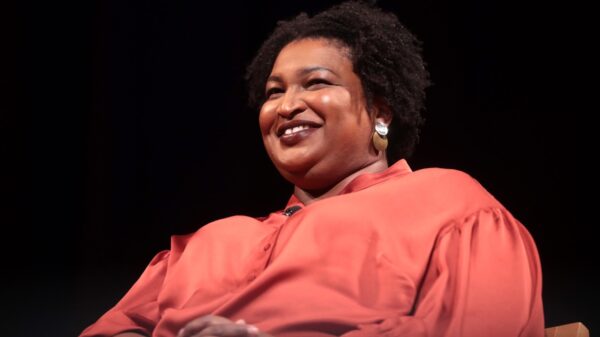Howard University is nice. It’s the top-ranked co-educational HBCU in the country. It hosts students from every crevice of the globe. It’s the Mecca: many dream of attending.
But it’s difficult. The university just released the 2023-24 estimated cost of attendance (COA), which is $55,704. This is a $3,180 increase compared to the 2022-23 academic year’s COA. In 2021-22, the COA was $49,270. This indicates a $6,434 COA jump in two years. In those years, Howard University saw several university stakeholders protest against poor treatment—students, non-tenure track faculty and hospital workers alike. All three protests involved money in some fashion—students struggling to afford school, and faculty & hospital staff struggling for better wages.
In 2022, Howard boasted the largest endowment of any HBCU: $862 million. In 2019, Wayne A. I Frederick earned a salary of $1.6 million. Such large numbers highlight a tragic juxtaposition when one considers that instructor and lecturer salaries were far below the D.C. metropolitan area average when non-tenured faculty were striking last year. But faculty members are not the only group struggling to afford to be at Howard University.
Matter of fact, Howard University students cannot afford a constantly increasing tuition. Not when in 2020-21, 43% of all incoming students were receiving a federal pell grant. In addition to this, Howard University does not adjust freshman scholarships as students matriculate through the university, so rising tuition costs are especially debilitating for many students.
I charge Howard University with the act of intentionally being elusive about Howard University Freshman Scholarships (HUFS). In my freshman year, there were official university communications on financial aid webpages stating that HUFS scholarships were tuition scholarships and that in the case that a student had an EFC of 0, their HUFS scholarship would reflect their tuition. The following year, these web pages either disappeared, or these specific clauses disappeared. It seemed as if the university didn’t want to adjust students’ financial aid, but didn’t want to deal with students pointing out this clause.
It’s hard not to feel it’s intentional: the packed Vie Towers shuttles, the unresolved GoFundMes, and a handful of students being threatened with eviction. It’s an oddly curious case when, in July 2020, Mackenzie Scott donated $40 million, and the university pledged to allocate some of this money to the GRACE grant. For the unfamiliar, the GRACE grant is a Howard University grant that matches the pell grant for fully Pell-eligible students. In 2020-21, Scott’s gift could fund GRACE grants for 6,456 students in total. Howard University doesn’t have close to that many fully Pell-eligible students. I’m sure students received those grants, but many students are struggling to stay housed. Meanwhile, Howard University is developing $62 million apartments intended to house alumni and administrative offices, however expensive.
If nothing else, the allocation of Howard’s funds causes questions. I will not charge the university with any indictments, except the charge of not prioritizing their students’ financial wellness. Or their faculty or hospital staff, for that matter.
Copy edited by Alana Matthew







